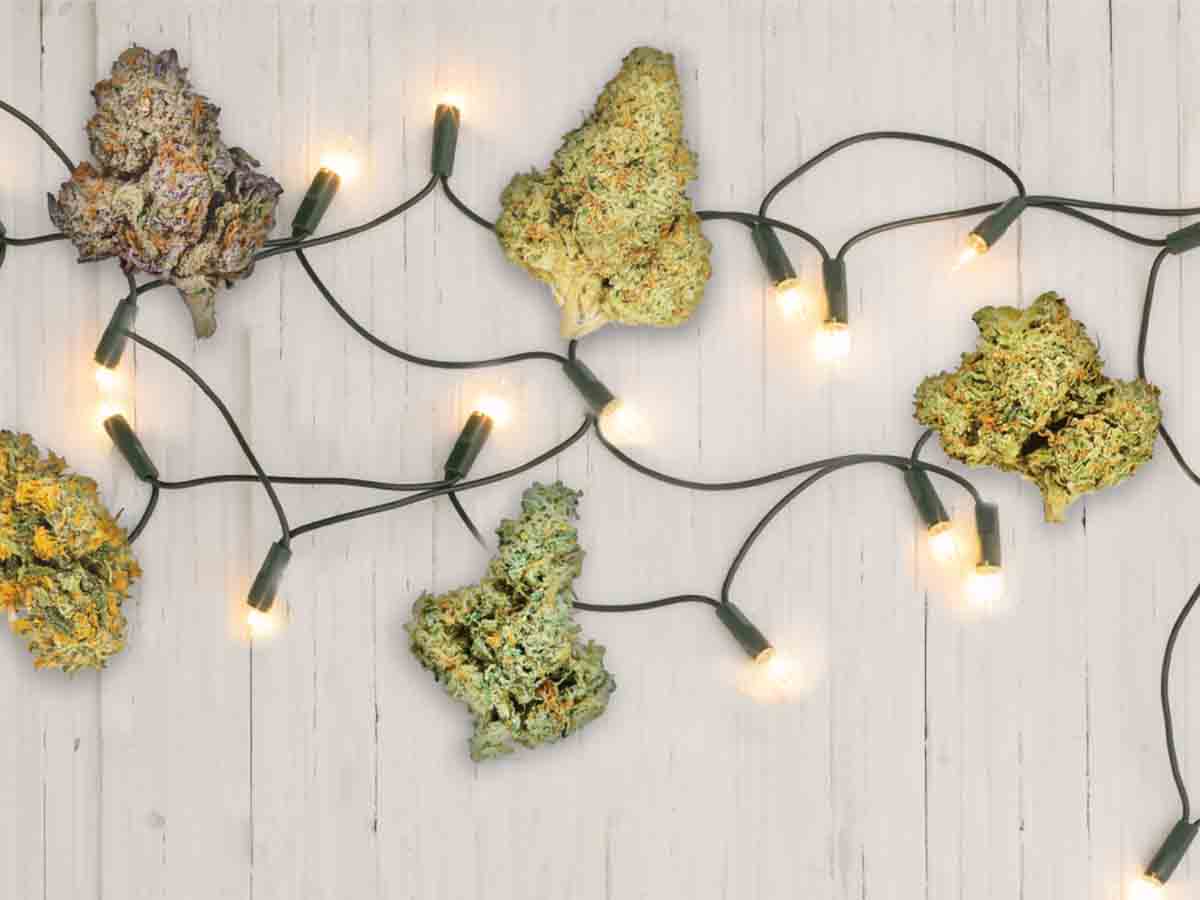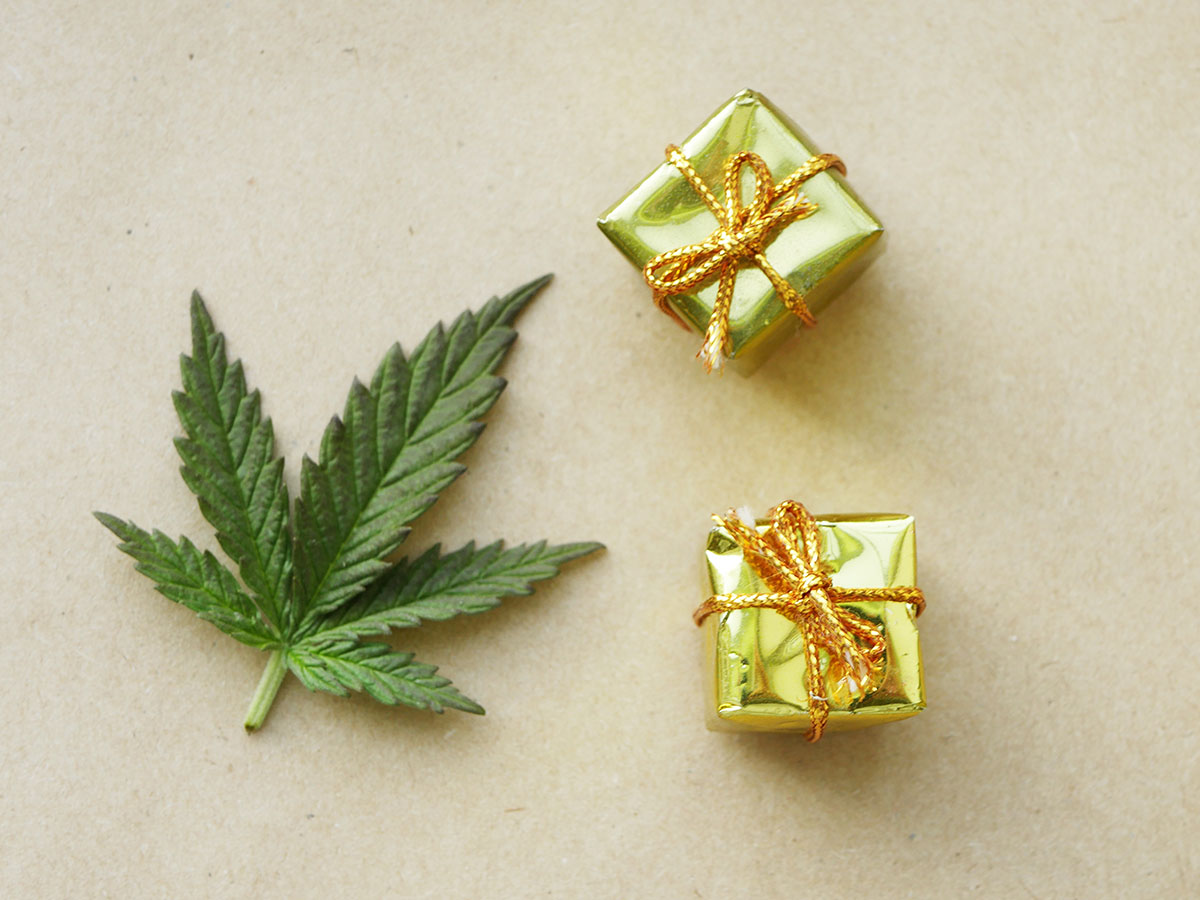
How to Make Canna Oil in 5 Steps
April 30, 2024
Are you looking for a new edible delight or a smoke-free option to make your recipes special? Whether you want to elevate an everyday recipe or bake a special treat, canna oil could be right for you. While you can buy canna oil at your favorite dispensary, making it at home allows you to tailor it to fit your cooking and consumption needs.
What is Cannabis Cooking Oil?
Cannabis cooking oil, also called canna oil or cannabis oil, is a marijuana-infused oil that’s mostly used in culinary creations. The cooking oil is made by infusing the active ingredients of cannabis, such as the cannabinoids, flavonoids, and terpenes, into a carrier oil like coconut oil, olive oil, or canola oil.
There are a number of reasons why some cannabis enthusiasts choose to make their own cannabis oil at home:
- You can choose the ingredients that go into the canna oil recipe, including the strain, the potency, and the carrier oil.
- It’s versatile, so canna oil can be used in any meal, snack, and beverage.
- Cannabis oil can also be used sublingually, topically, or in capsule form.
Worried about dietary restrictions? Canna oil can be vegan-friendly and gluten free, so it can be used to make almost any food an edible.
What Carrier Oil Should You Use?
High-fat oils like olive oil or coconut oil are the best for this recipe, as well as just about any other DIY infused edible. That’s because THC, CBD, and other cannabinoids are fat-soluble, meaning they need to bind to fat molecules to become available for the body to absorb. Without the right amount of lipids, cannabis will be completely broken down by your digestive system and pass right through your body. There’s no such thing as a fat-free marijuana edible!
What You Need to Make Cannabis Oil
When making cannabis cooking oil for the first time, we recommend starting with a 1:1 ratio of cannabis to oil. Here’s what you’ll need for the cannabis oil recipe:
Ingredients
- 1 cup of decarboxylated cannabis flower (about 7 grams pre-ground)
- 1 cup of your preferred cooking oil
Cooking tools:
- Non-stick baking sheet or parchment paper
- Baking tray
- Double boiler
- Mixing bowl
- Cooking or candy thermometer
- Cheesecloth
- Glass bowl
- Airtight glass container (for storage)
DIY Cannabis Cooking Oil Recipe [5 Steps]
Here’s how to make canna oil at home in five easy steps:
Step 1: Decarboxylate the Flower
The first step to making any edible is decarboxylation. The decarbing process is essential to turn the inactive cannabinoids like THCA and CBDA into their psychoactive forms (THC and CBD).
To decarb the cannabis flower, preheat your oven to 240-245℉ (115-120℃). Use a cannabis grinder or hand crush the flower over a lined baking tray. Spread evenly, and then bake for 30-40 minutes.
Step 2: Prepare the Double Boiler
Fill the bottom pan of the double boiler with water. A makeshift double boiler–where you place a heat-proof mixing bowl on top of a pot filled with water–works, too.
Step 3: Add Cannabis
Mix the decarbed cannabis with your carrier oil in a bowl, and add the mixture to the top pan of the double boiler.
Step 4: Heat
Simmer the mixture on low heat for 2-6 hours. With a thermometer, regularly check that the mixture’s temperature stays between 160-200℉ (71-93℃). Ideally, aim for 180℉ (82℃) and ensure the mixture doesn’t boil, which decreases the cannabinoids’ potency. Stir the mixture occasionally and add water as needed.
Step 5: Strain and Store the Oil
Let the mixture cool to room temperature, then use a cheesecloth to strain the cannabis-infused oil into a glass bowl. You may be tempted to wrap the cheesecloth and squeeze out the extra oil, but it would add more chlorophyll to the oil, making it taste plant-like. Throw away the leftover plant material in the cheesecloth.
Store the canna oil in a labeled and dated airtight glass container in a cool, dark place, such as your pantry.
How to Use Cannabis Cooking Oil
Cannabis oil can be used in a variety of ways:
-
Edible: Add cannabis oil to your foods and beverages. Drizzle it over pancakes, ice creams, or salads; or stir it into casseroles, curries, and soups. Use cannabis cooking oil instead of regular cooking oil or cannabutter, unless the recipe requires cooking or baking at high temperatures, which would degrade the cannabinoids.
-
Topical: Create your own custom scent or enhance your favorite body care products to make infused topicals.
-
Sublingual: Add a few drops of cannabis oil under your tongue for quicker absorption (onset time can vary from person to person, ranging anywhere from 30-90 minutes).
- Capsule: The canna oil can be added to an empty capsule, which when swallowed, has a similar effect to other edibles, like THC syrup.
FAQs About Cannabis Cooking Oil
Want to know more about cannabis oil, use, and storage? Here are some frequently asked questions:
Can I freeze canna oil?
You can freeze canna oil as it won’t compromise the quality or potency of the edible. Freezing cannabis oil helps prevent the fats from going rancid.
Should I use cannabutter or canna oil?
You can use cannabutter and canna oil in savory and sweet dishes, depending on your taste preferences and the recipe. It’s best to use cannabutter for recipes that require butter and cannabis oil for those that need oil – but you can experiment to find what works best for you.
Do I need to decarb the flower before adding it to the oil?
It’s essential to decarb the cannabis flower before infusing it into the base or carrier oil. If you don’t decarboxylate the cannabis, the end product will be regular oil because you need to heat (or decarb) the marijuana to activate the cannabinoids and turn the infused oil into an edible.
Is canna oil the same as CBD Oil?
Cannabis oil is not the same as CBD oil. CBD oil is a type of distillate that only contains this single cannabinoid. Canna oil is a full-spectrum cooking oil that contains a variety of cannabinoids.
DIY Cannabis Cooking Oil
While it’s easy to make canna oil at home, the process is quite lengthy. Don’t want to wait to start trying cannabis cooking oil in your recipes? Chat with your budtender to learn more and find the best cannabis oil for you.
Please consume responsibly. This product may cause impairment and may be habit forming. There may be health risks associated with consumption of this product. State laws impact what dispensaries can and can’t sell to recreational customers and medical marijuana patients. Not every type of product, consumption method, dosage form, or potency mentioned on this blog will be permitted in all locations.


